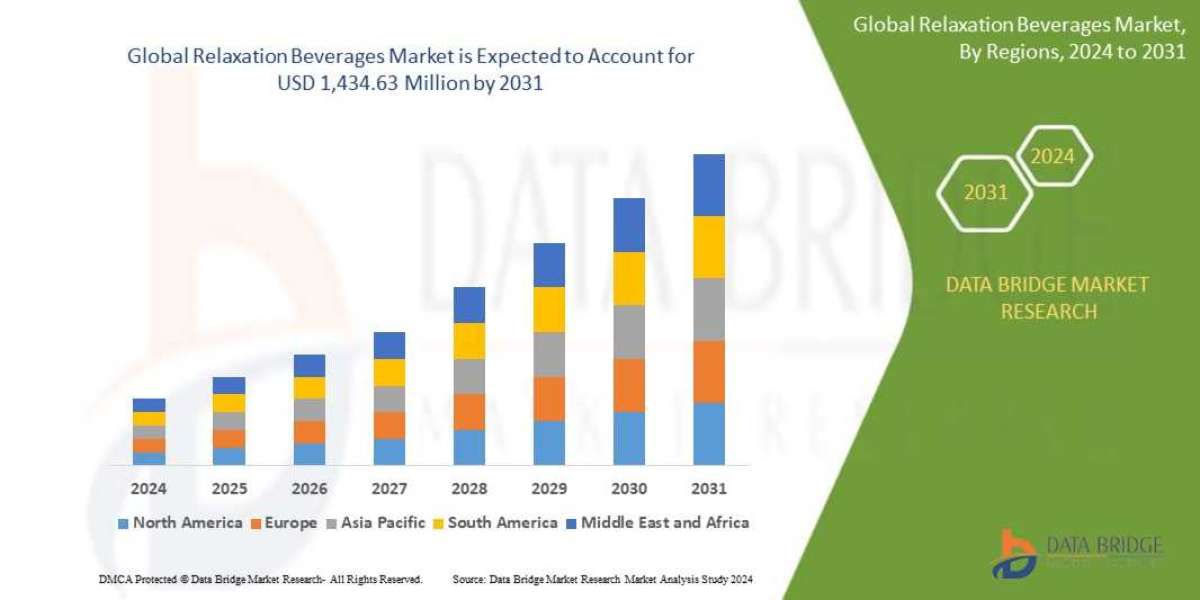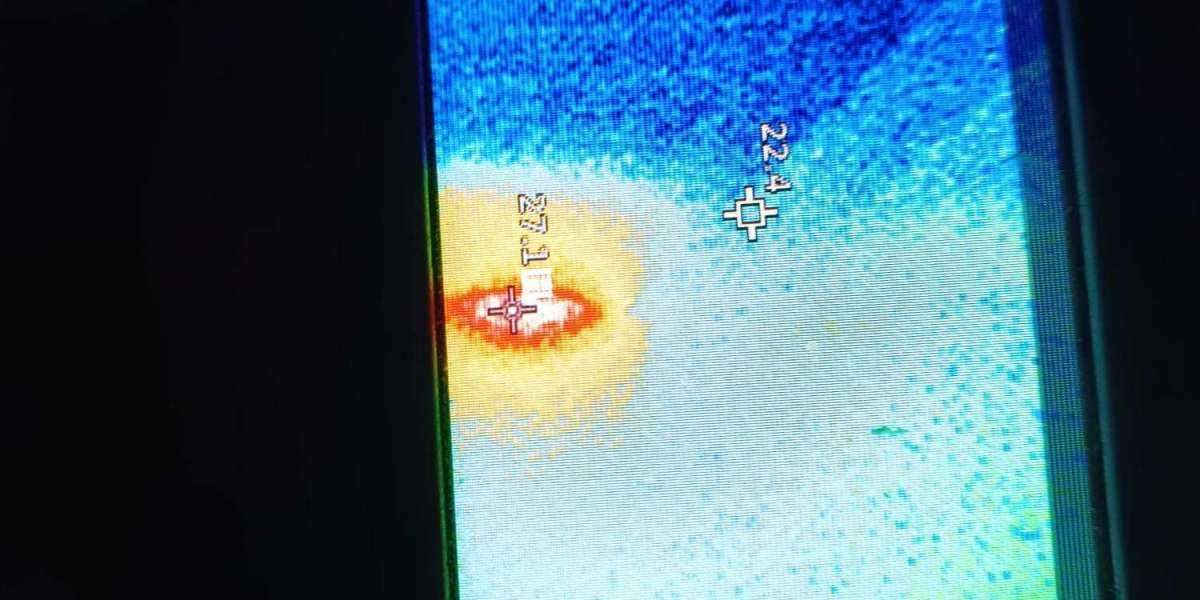? Introduction
Imagine saying, "Create a floral design for a denim jacket," and watching your embroidery software automatically generate a perfect stitch-ready file in seconds. Welcome to the emerging world of voice-activated embroidery digitizing.
In 2025, embroidery digitizing is no longer just about clicks and curves—it's evolving into a hands-free creative experience, powered by voice assistants and AI.
This article explores how voice technology is revolutionizing embroidery digitizing, whether it's feasible for small businesses, and how this trend could reshape the industry.
? What Is Embroidery Digitizing?
Embroidery digitizing is the process of converting artwork, text, or logos into a digital file format (like .DST or .PES) that embroidery machines can understand. These files tell the machine where, when, and how to place stitches.
Traditionally, digitizing requires:
Specialized software (Wilcom, Hatch, Pulse)
Manual input using points and paths
Technical knowledge of stitch types, density, and underlay
But with advances in AI and machine learning, digitizing software is now entering a new frontier: voice control.
? What Is Voice-Activated Embroidery Digitizing?
Voice-activated digitizing allows users to speak instructions to AI-powered software which then:
Generates designs
Converts artwork to embroidery files
Applies recommended stitch settings
Saves machine-ready formats
It blends natural language processing (NLP), AI digitizing engines, and cloud computing into a seamless design experience.
? Real-Life Use Case Example
Scenario: A small embroidery shop owner wants to digitize a custom name design.
Traditional Method:
Open software
Type name
Adjust fonts
Set stitch direction
Export format
Voice-Activated Workflow:
The owner simply says:
“Create a satin stitch design of the name ‘Olivia’ in script font for a baby bib.”The AI handles everything else — instantly.
? The Technology Behind Voice-Driven Embroidery
Natural Language Processing (NLP)
Converts voice commands into text instructions for the software.AI Design Generators
Auto-suggest stitch types, patterns, and formats based on voice inputs.Smart Templates
Pre-configured embroidery styles triggered by key phrases.Cloud Stitch Engines
Handle rendering and file export in the background.IoT Integration
Some systems send completed files directly to embroidery machines.
? Integration With Embroidery Machines
Voice-controlled digitizing can connect with:
Brother Luminaire series (voice-enabled via mobile apps)
Janome AI+ (experimental models in Japan)
Cloud APIs (for industrial machines in factories)
The result? Near-instant file transfer from idea to embroidery execution.
? Who Can Use This?
| User Type | Benefit |
|---|---|
| Small businesses | Save time reduce cost of outsourcing |
| Designers | Focus on creativity, not software |
| Hobbyists | Avoid complex learning curves |
| E-commerce sellers | Generate quick personalized designs |
| Disabled users | Accessibility with hands-free control |
? Benefits of Voice-Activated Embroidery Digitizing
✅ Speed
Voice commands can generate a ready-to-use design in under 60 seconds.
✅ Accessibility
Helps users with limited mobility or tech skills participate in embroidery.
✅ Scalability
Streamlines mass personalization for ecommerce sellers and POD stores.
✅ Innovation
Adds a modern, high-tech feel to a traditionally manual craft.
❗ Limitations Challenges
| Challenge | Description |
|---|---|
| Accuracy | AI may misinterpret accents or slang |
| Design Complexity | Intricate designs still need manual tweaks |
| Software Cost | Advanced features may be subscription-based |
| Language Support | Currently limited to English in most tools |
? Expert Insight: Is This Just a Gimmick?
According to DigitizeWorld CTO Maria Benson:
“Voice-controlled digitizing isn’t replacing professionals—it’s augmenting creativity. Beginners can start faster, and pros can automate the boring parts.”
She also notes that hybrid models (voice + manual fine-tuning) are the most realistic direction in 2025.
?️ Tools Platforms Exploring Voice Embroidery
Wilcom AI Voice Plugin (beta)
Tajima Writer Pro + Assistant App
Melco Automation Suite (rumored integration in development)
AI Embroidery Cloud (open-source concept project)
Most of these tools are still in development or limited to private testing, but open APIs are expected by end of 2025.
? Future Predictions (2025–2030)
Multilingual Support
Voice digitizing in Spanish, French, Hindi, and Urdu.Smartwatch Integration
Speak into your wearable to generate a logo stitch.AR + Voice Combo
View the design on a product in AR and say “Digitize this.”Creator Marketplaces
Sell or share voice-prompted embroidery design templates.Voice-to-PDF Proofing
AI sends a printable preview for client approvals.
? How to Prepare Your Embroidery Business
Subscribe to software with AI/voice integrations
Start training staff on voice workflow basics
Offer rapid personalization with voice-based tools on your site
Join beta programs to get early access
Keep exploring hybrid design methods
? Conclusion
Voice-activated embroidery digitizing may sound futuristic, but it’s already taking shape in 2025. With AI, NLP, and smart machine integrations, embroidery businesses and enthusiasts can finally focus on creativity, not just commands.
While we're not at full automation yet, the road ahead points clearly toward a more intuitive, hands-free, and accessible embroidery design experience.
So, is it the future or a fantasy?
It’s both — and it’s happening right now.








